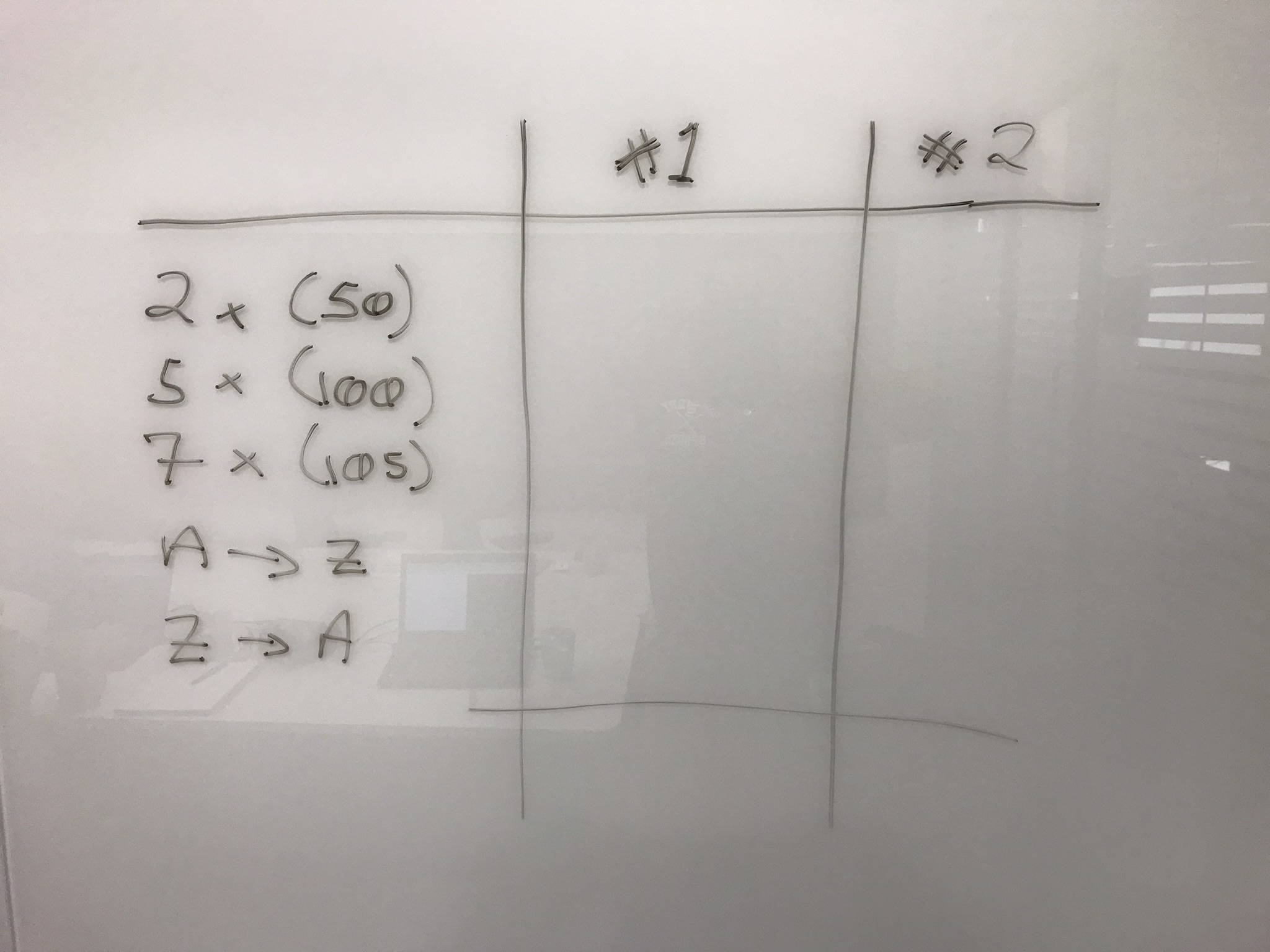What is Context Switching?
Context Switching can be described as multi-tasking which is often seen as a good thing. Unfortunately, we are not able to generate the same amount of output/value when we multi-task.
Much recent neuroscience research tells us that the brain doesn’t really do tasks simultaneously, as we thought (hoped) it might. In fact, we just switch tasks quickly. Each time we move from hearing music to writing a text or talking to someone, there is a stop/start process that goes on in the brain.
That start/stop/start process is rough on us: rather than saving time, it costs time (even very small micro seconds), it’s less efficient, we make more mistakes, and over time it can be energy sapping.
Picture the scene: you are working on Project A but your manager comes over to your desk as says you need to do some more work on Project B. Being a compliant person, you agree and start working on Project B although you only completed 50% of the work assigned to you in Project A. A day later, another manager approaches you and says that Project C is now your highest priority and you must drop everything you’re doing and focus on Project C.
How do you demonstrate to your management team that this is a bad idea? Run this workshop with them!
Why use it?
This workshop will demonstrate the adverse effects of context switching by running two simple exercises and comparing the results.
Related Practices
Who do you need?
- 1 Facilitator and > 10 participants.
Suggested Time
- 1 hour
Difficulty
- Facilitator: Easy
- Participants: Easy
Facilitation Materials Needed
- Whiteboard, marker and a stopwatch.
Delivery
Prepare a whiteboard similar to the image below:

Get everybody to stand in a circle and describe the ‘rules’. You are going to go around the room in turn and everybody will say the next item in the sequence. The first 3 are simple mathematics (2, 5 and 7 times table) and the last two are alphabetical (A to Z then Z to A). The team can decide on the order where to start (normally the 2 x table is the easiest). The person to the left of the facilitator starts and each one is timed by the facilitator.
If anybody in the team has problems with an answer, anybody can help them out by shouting out the answer but the answer must come from the person whose turn it is to answer. Hopefully the 2 x should be quite straightforward!
Once complete, the whiteboard should look something like this:
| #1 | #2 | |
|---|---|---|
| 2 x (50) | 14 Secs | |
| 5 x (100) | 21 Secs | |
| 7 x (105) | 56 Secs | |
| A - Z | 1 Min 5 Secs | |
| Z - A | 1 Min 36 Secs |
You can now see that all tasks were completed within about 4 minutes.
For the second round, the rules change. The facilitator will randomly change the task in hand. For example:
The First people will do the 2 x times table until they get to 8 then the facilitator will say “Now do A-Z”. They will go from A-Z until, say, “J” and the tasks will change to the 5 x table until they reach 30. At this point, the facilitator will revert back to the A-Z and the team member will need to remember where they got to (“J”) and carry on, J,K,L etc.
Once the stopwatch reaches around the total time of the previous round, the facilitator will stop the exercise.
Again, all of these will be timed and noted on the whiteboard.
| #1 | #2 | |
|---|---|---|
| 2 x (50) | 14 Secs | 2 Mins 5 Secs |
| 5 x (100) | 21 Secs | 4 Mins 13 Secs |
| 7 x (105) | 56 Secs | |
| A - Z | 1 Min 5 Secs | |
| Z - A | 1 Min 36 Secs |
From this new results we can see that only 2 tasks were 100% complete but that took over 6 minutes. The other tasks had been started (for example, A-Z) but without the complete sequence being completed, no actual value has been provided.
Process Phase
Any time